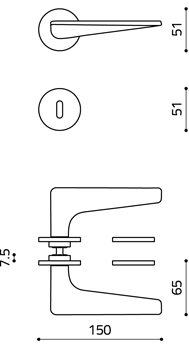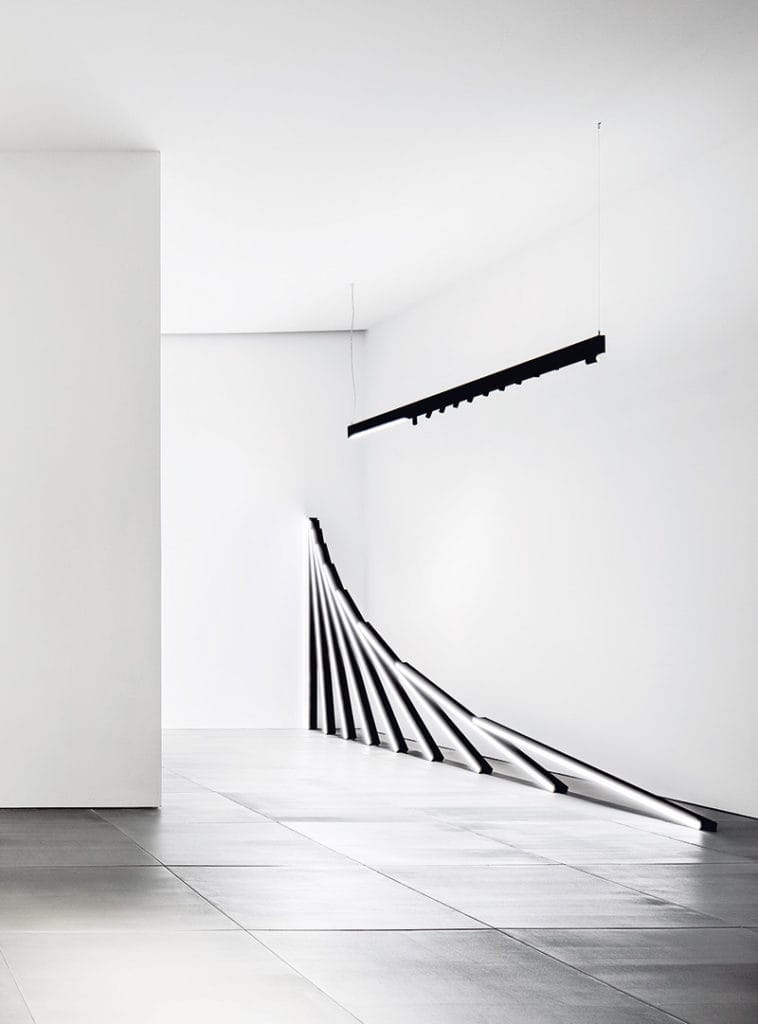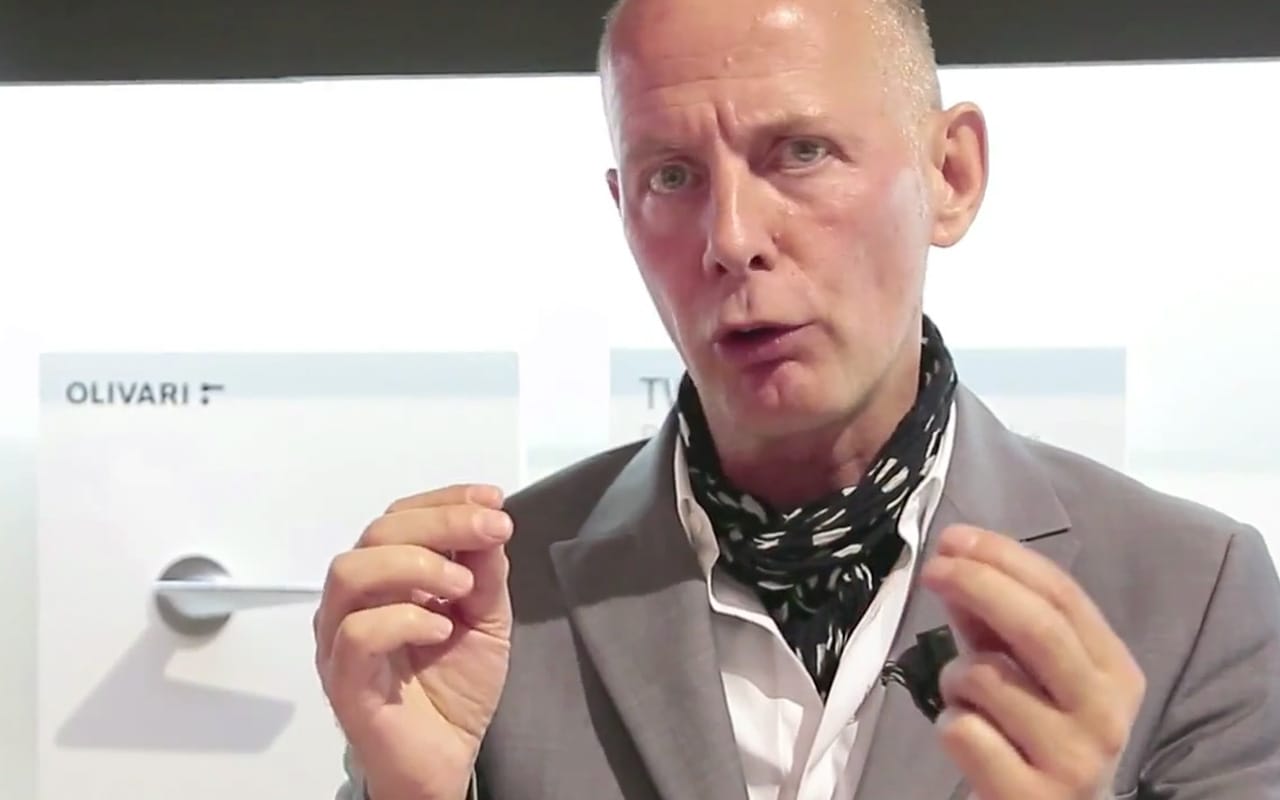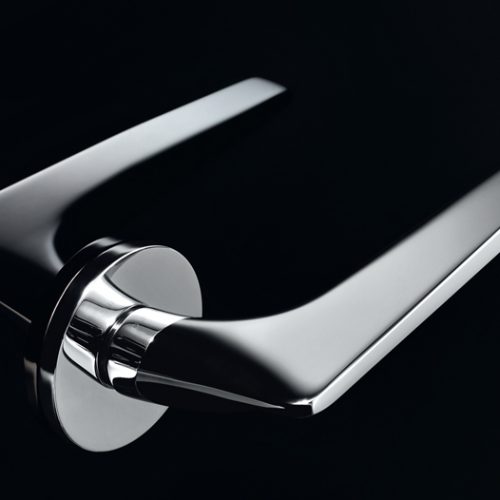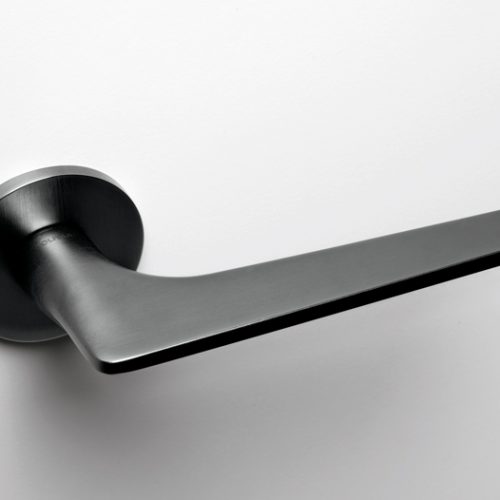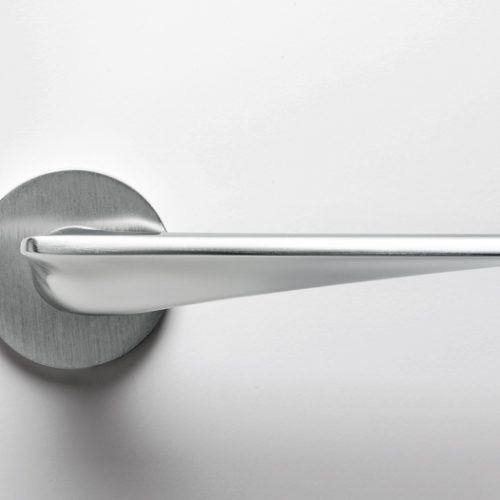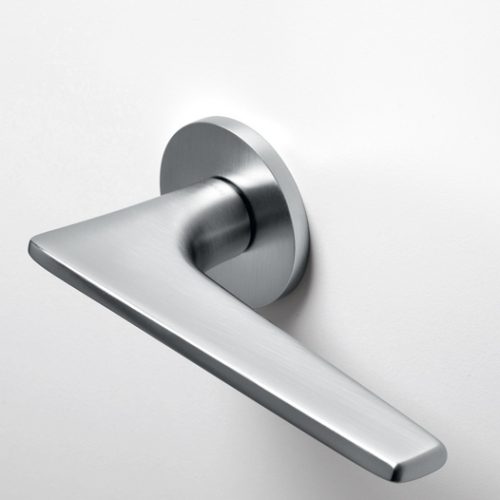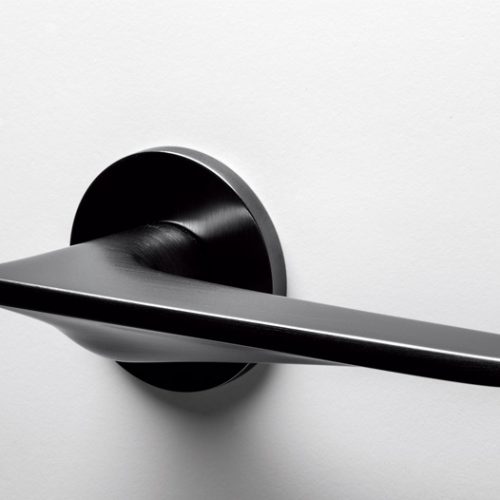Twist Round Door Handle - M242R1
Ben Van Berkel 2014
Architectural torsion is a key element in the design of a number of UNStudio projects on different scales, from buildings to pavilions. For Twist, torsion was adapted to the shape of a handle. Reducing the scale, the twisting movement was re-proportioned to be of human size, in order to connect it directly to the body, the gesture of the hand, and its tactile perception.
- Single piece rose
- Bolt through fixings
- 5mm & 8mm projection roses
- Sold & Supported Aust & NZ wide
- 100% Solid Brass forged construction
- 100% made in Italy for over 110 years
- Torsion vs. coil spring: lifetime guarantee
- 10 / 30 Year Guarantee on Olivari finishes
- 5mm rose: European Locks & Latches
- 8mm rose: Aust & Euro Locks & Latches
Twist Round Door Handle
Ben Van Berkel 2014
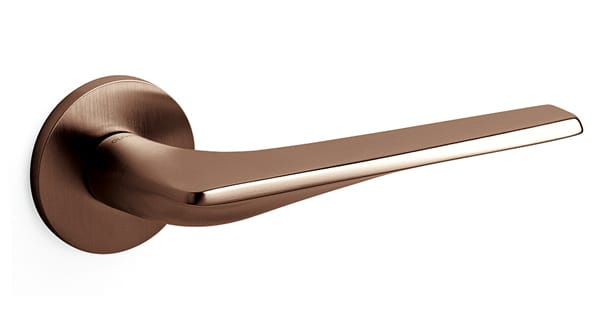
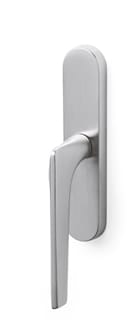
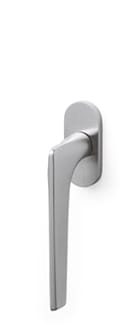
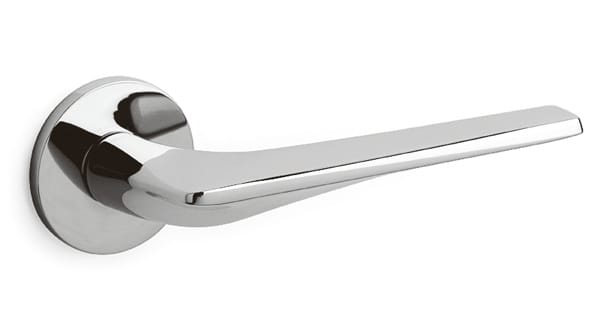
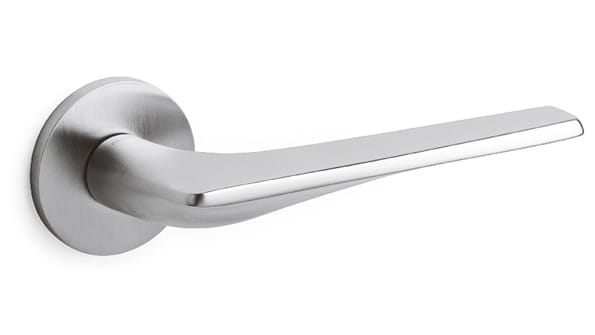
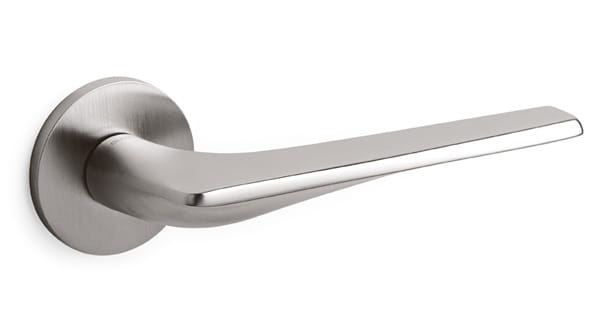
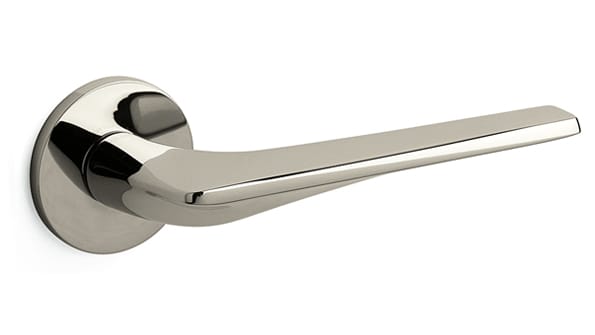

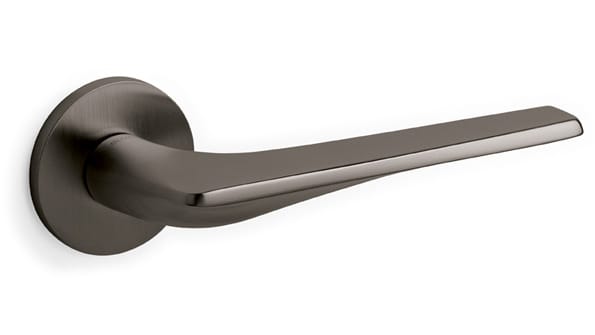
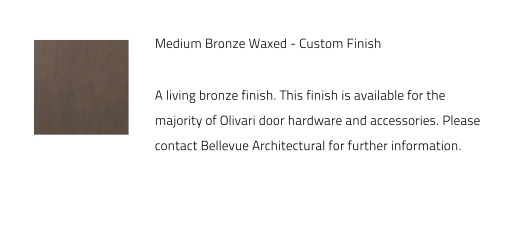
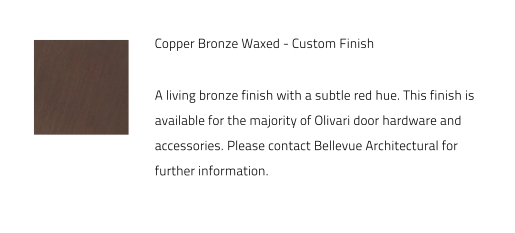
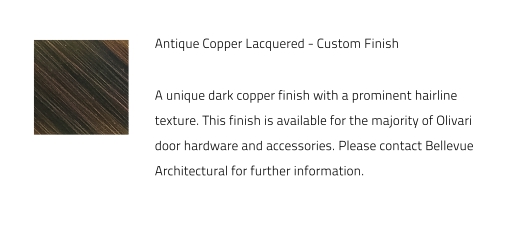
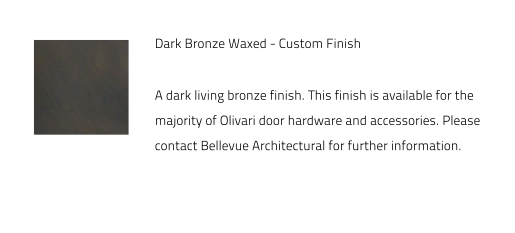


Architectural torsion is a key element in the design of a number of UNStudio projects on different scales, from buildings to pavilions. For Twist, torsion was adapted to the shape of a handle. Reducing the scale, the twisting movement was re-proportioned to be of human size, in order to connect it directly to the body, the gesture of the hand, and its tactile perception.
- Single piece rose
- Bolt through fixings
- 5mm & 8mm projection roses
- Sold & Supported Aust & NZ wide
- 100% Solid Brass forged construction
- 100% made in Italy for over 110 years
- Torsion vs. coil spring: lifetime guarantee
- 10 / 30 Year Guarantee on Olivari finishes
- 5mm rose: European Locks & Latches
- 8mm rose: Aust & Euro Locks & Latches
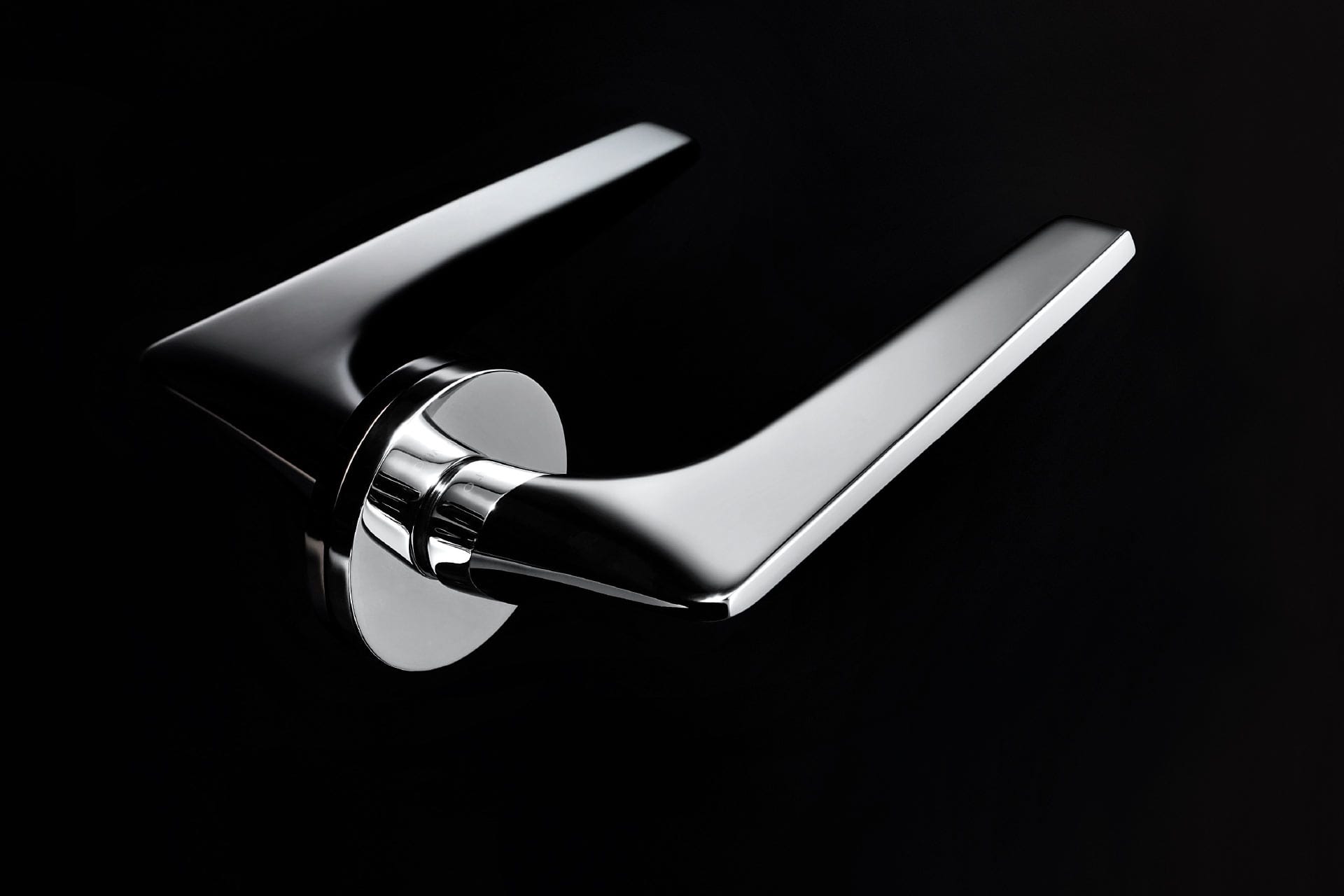
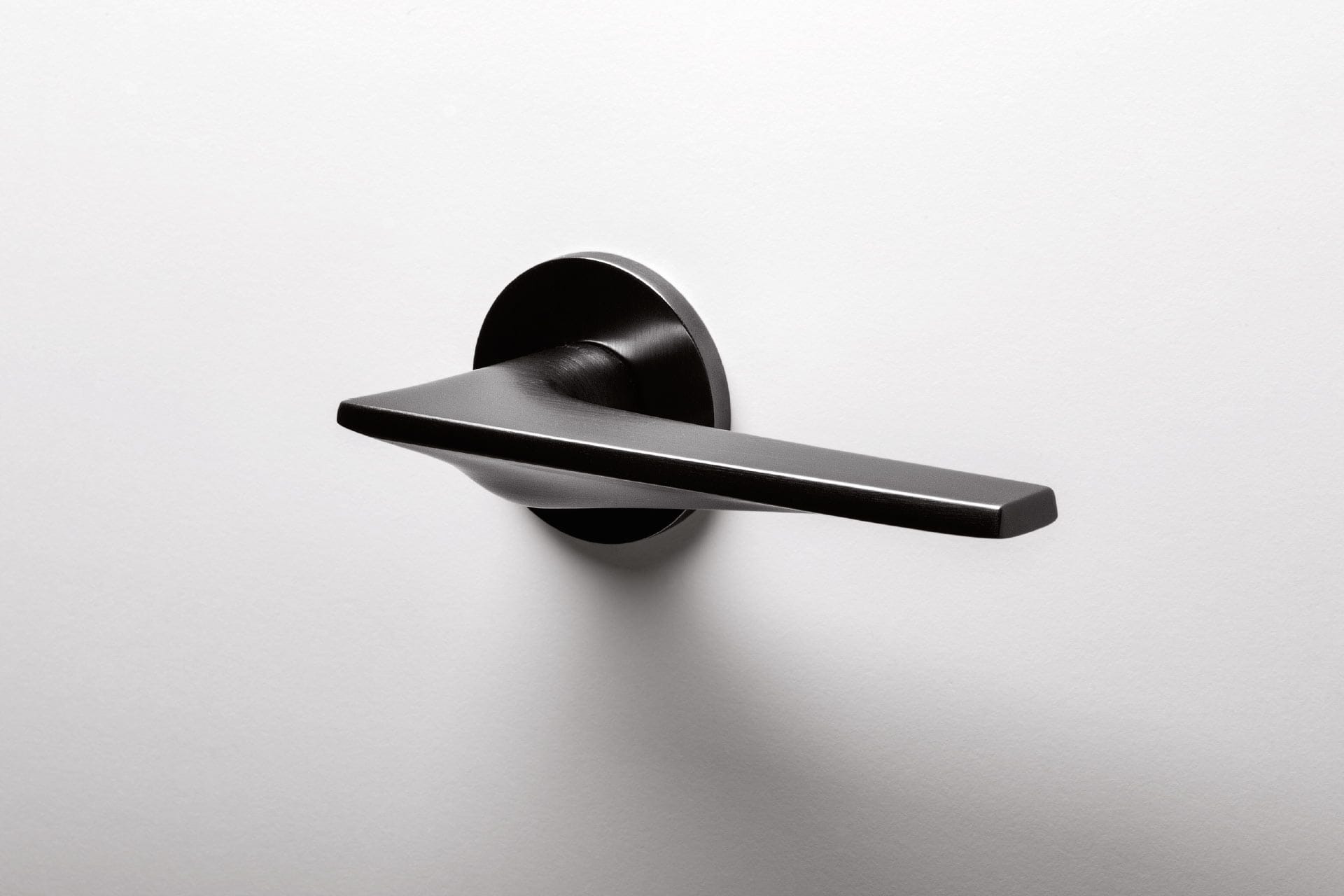
Twist is a simple object with complex geometry that unites and consolidates two sets of characteristics. For the anatomy of the lever, the shaft containing the cylinder fluidly turns into the flat plane of the lever, smoothly converting from tubular to flat surface.
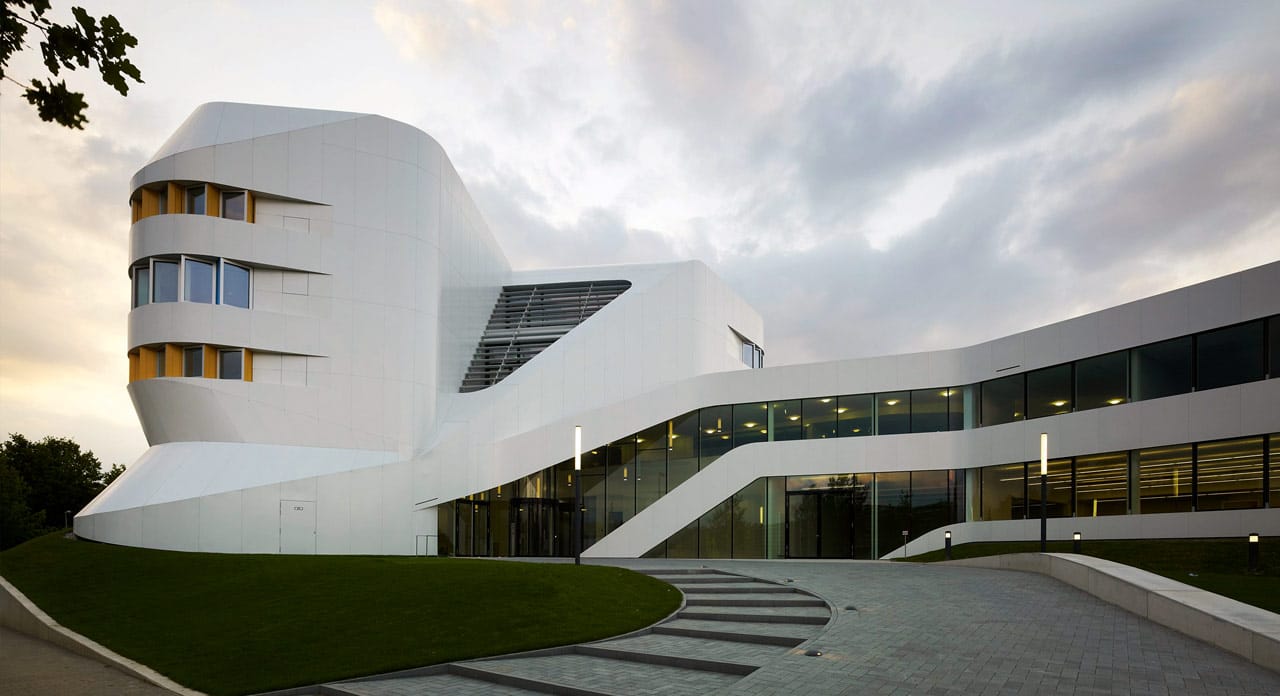
The ergonomic contour created by this gradual transformation follows a dynamic movement that is frozen, so to speak, into a solid material. Its appearance is a balance of modernness and classicality.
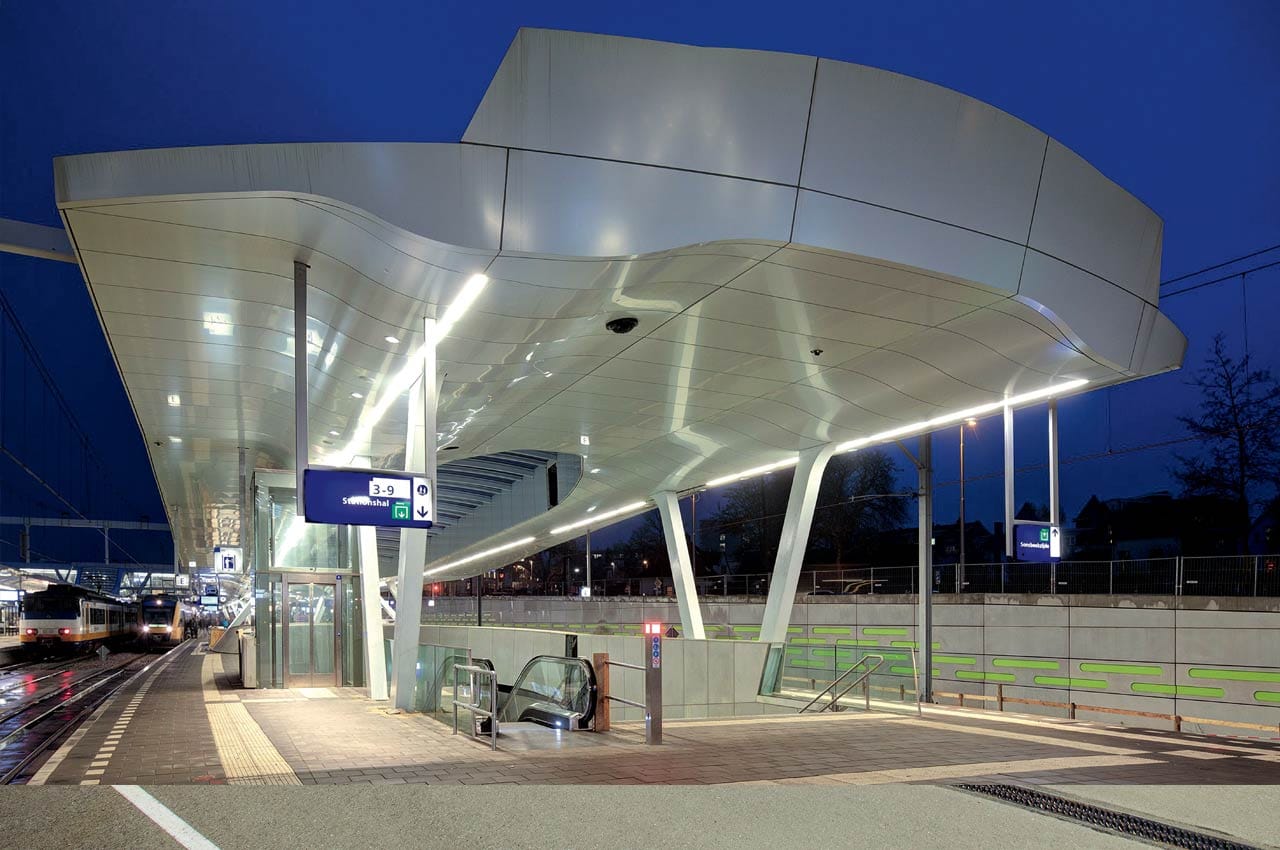
The volume that curves and then flattens on the underside of the lever comfortably fits the grip of thumb and index finger, while the flat upper surface reacts to the pressure generated by the palm of the hand. A three-degree inclination toward the door has the function of facilitating the hand’s grip.
— Ben van Berkel/UNStudio
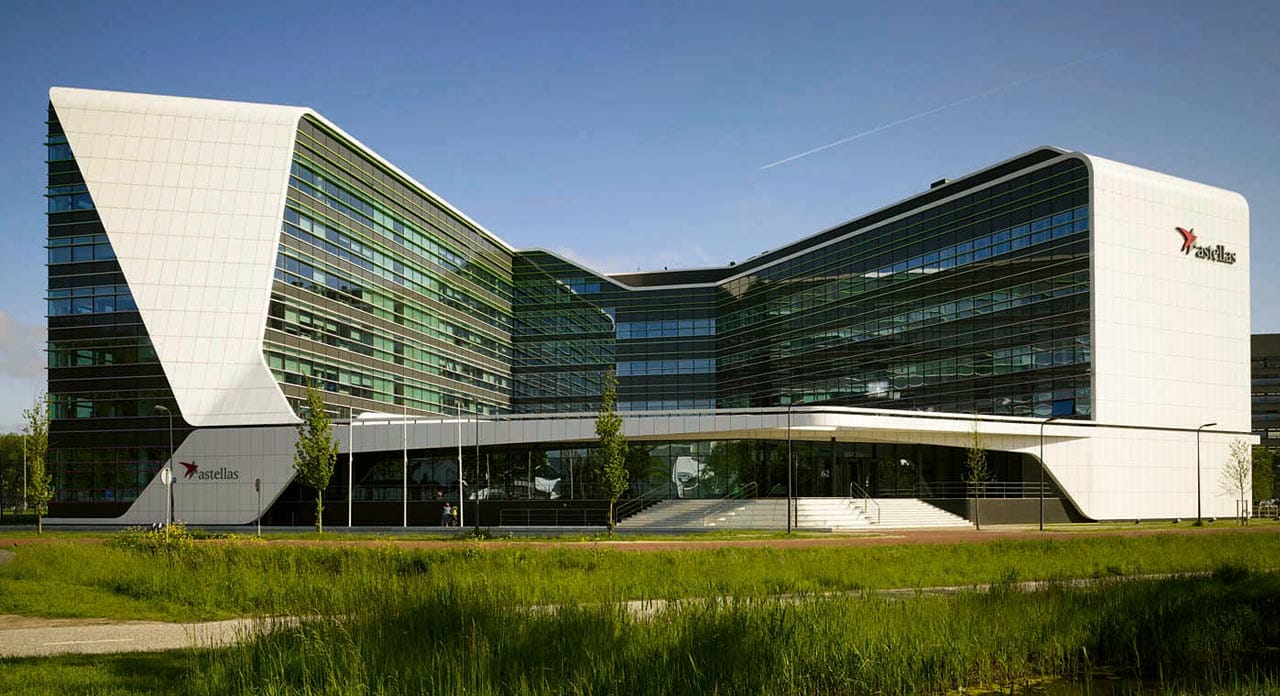
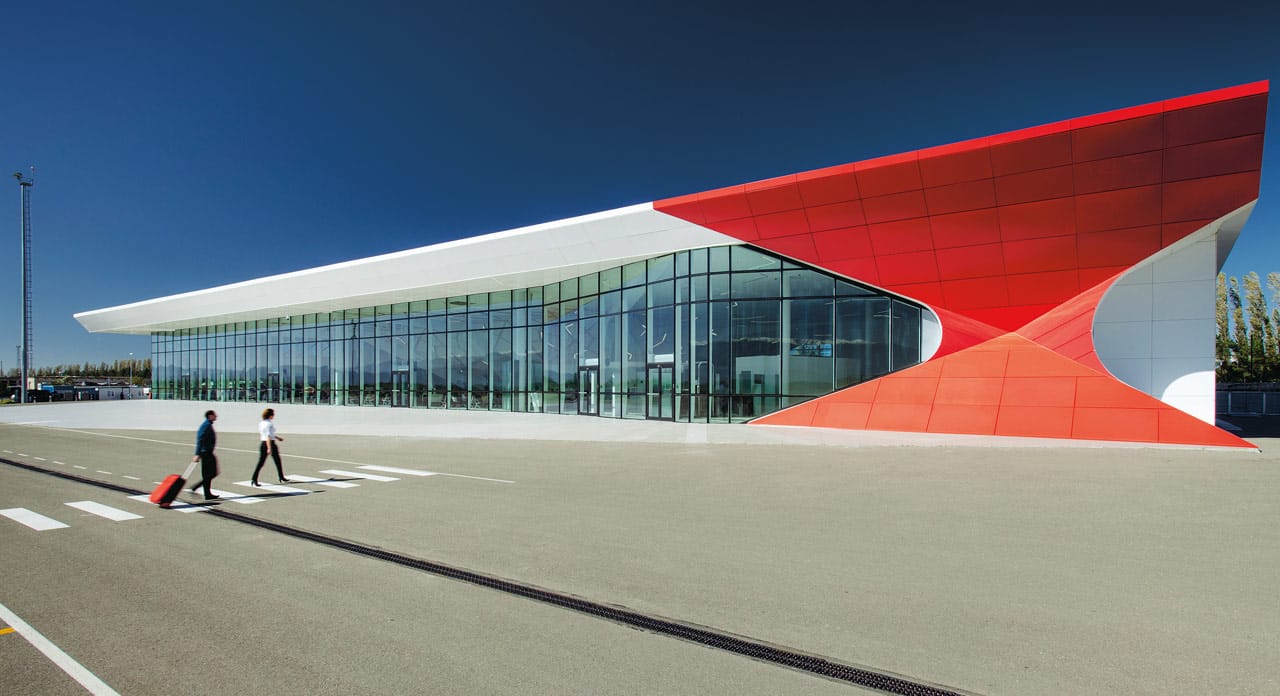
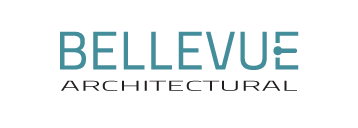

 CR
CR  SC
SC  IS
IS  IBN
IBN  PBU
PBU
 ISC
ISC  IA
IA  MBW
MBW  CBW
CBW  DBW
DBW  EMB
EMB  PC
PC  M242S1
M242S1 